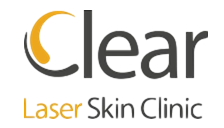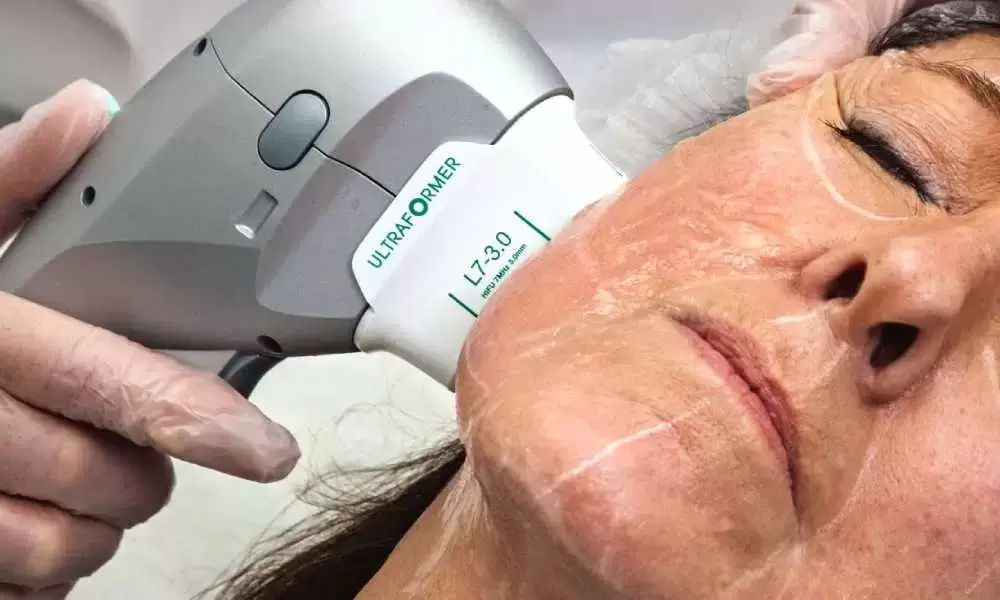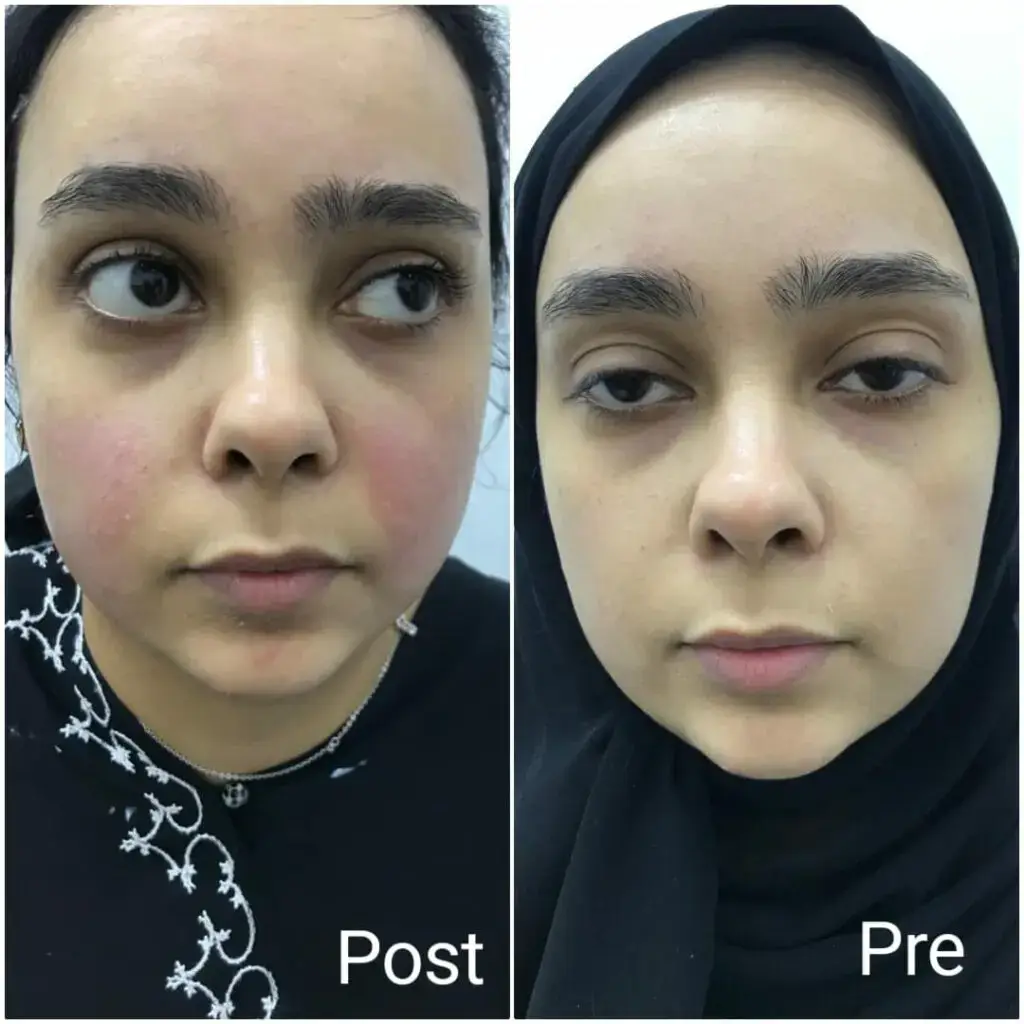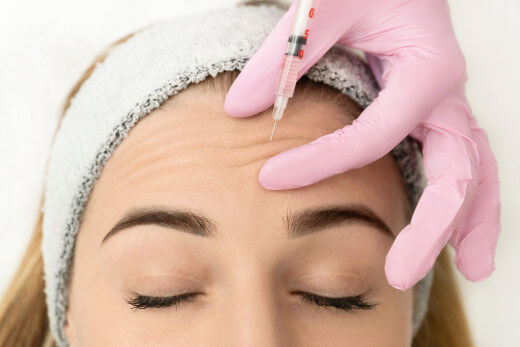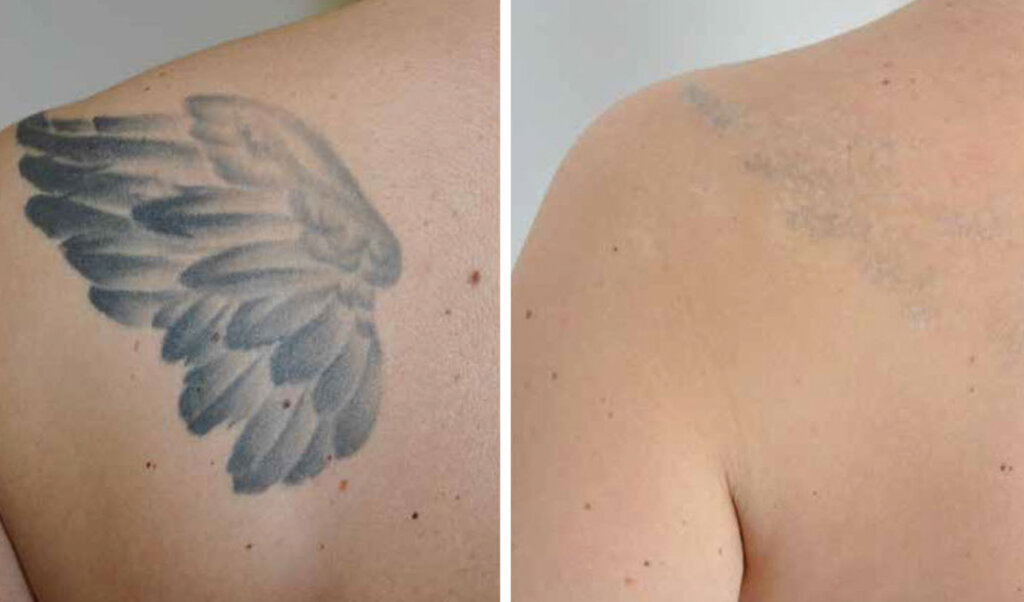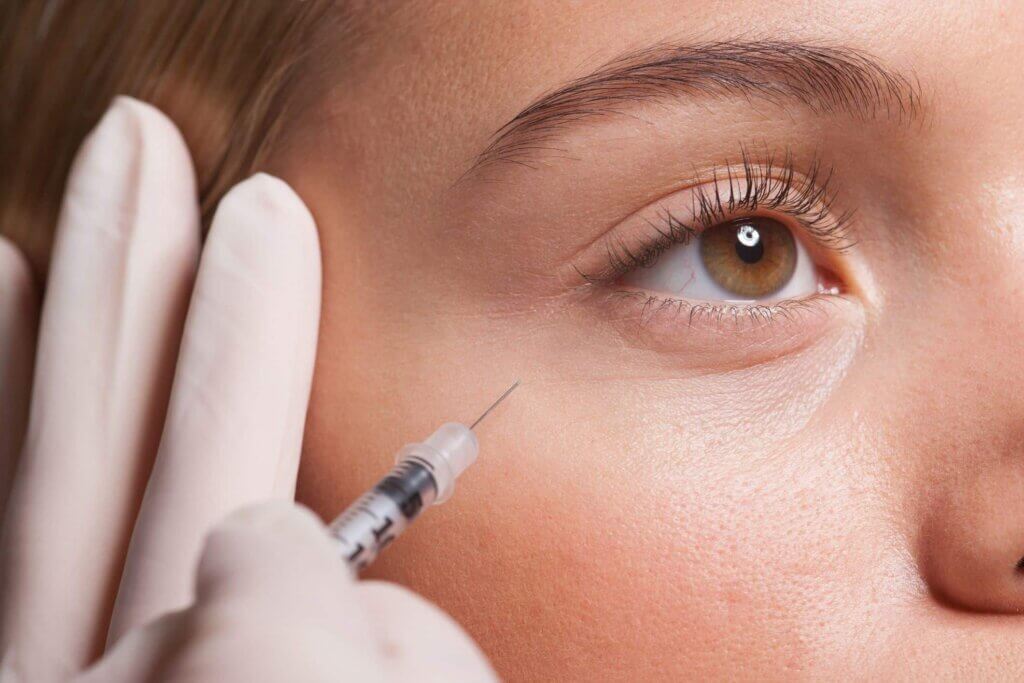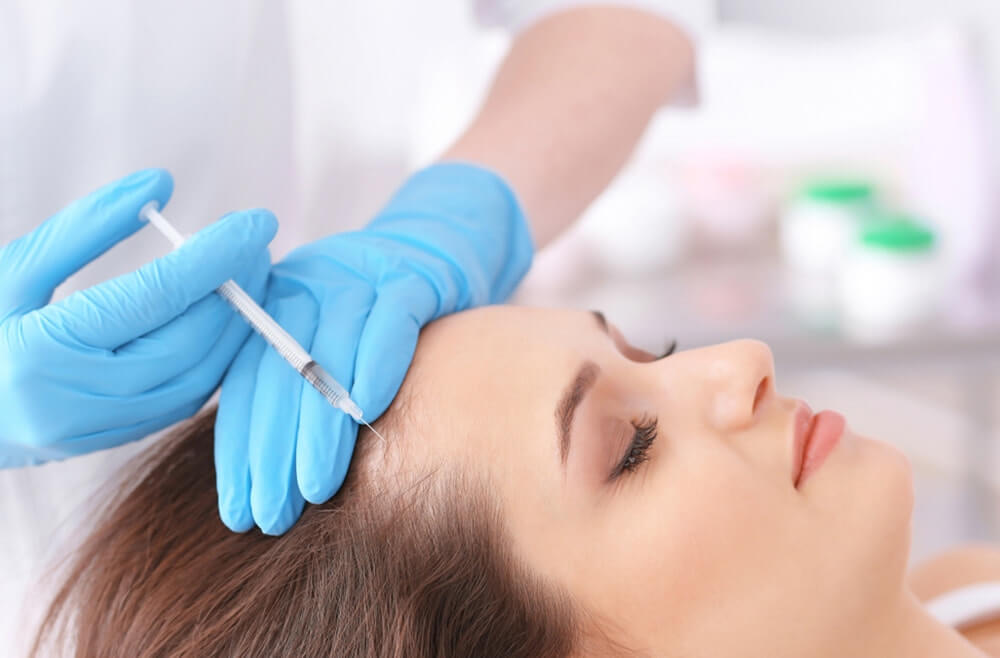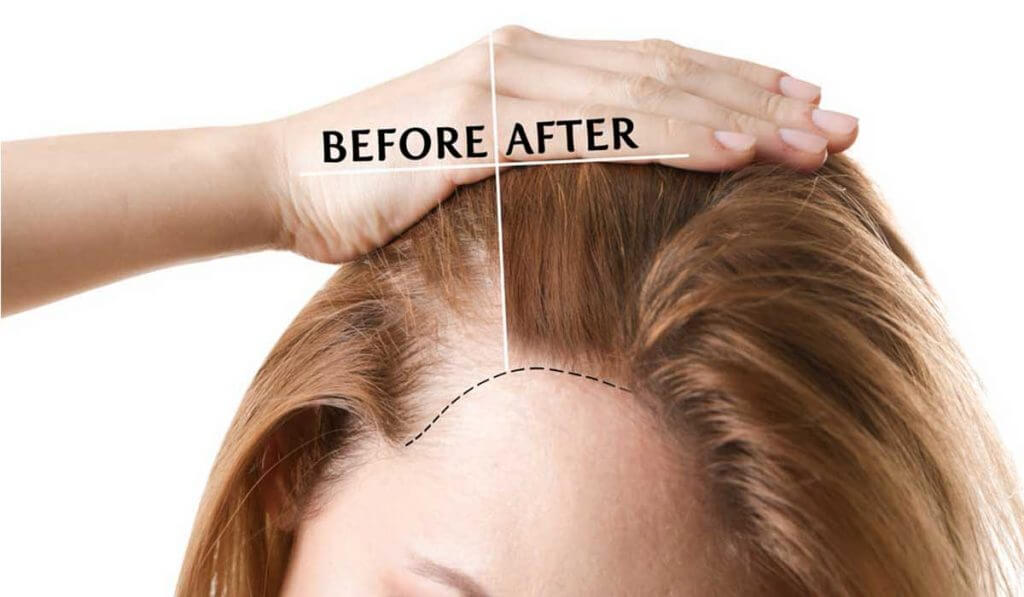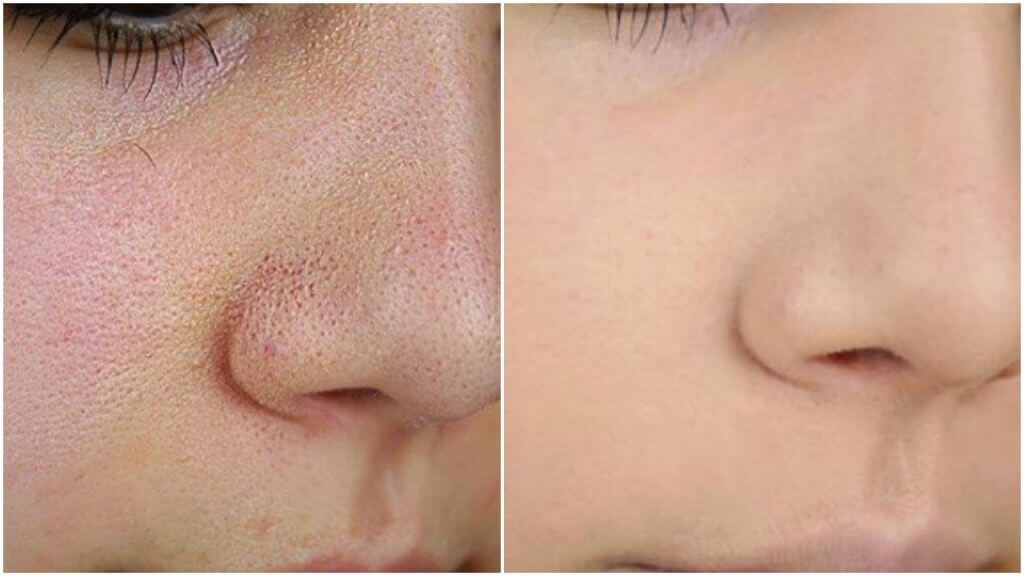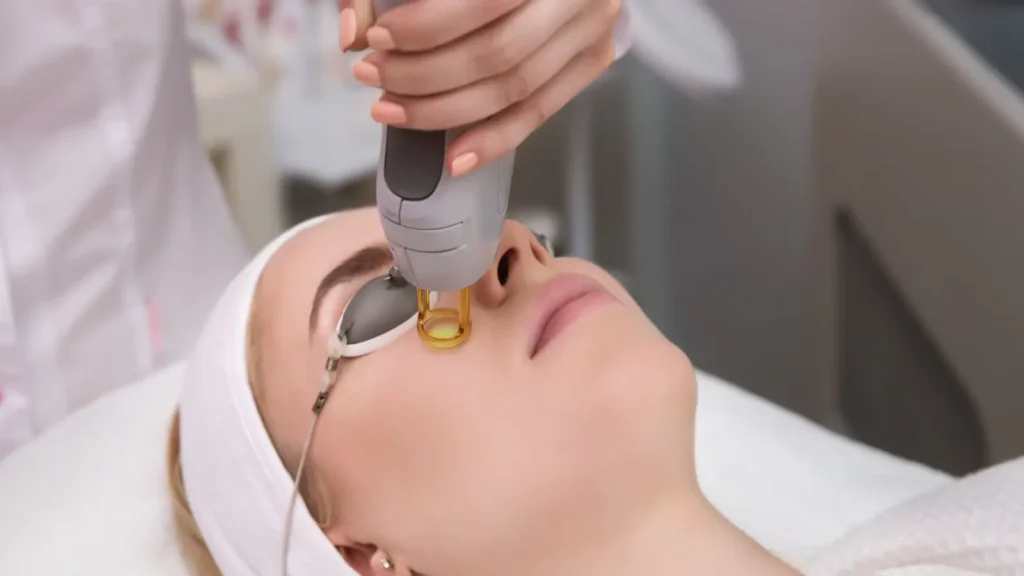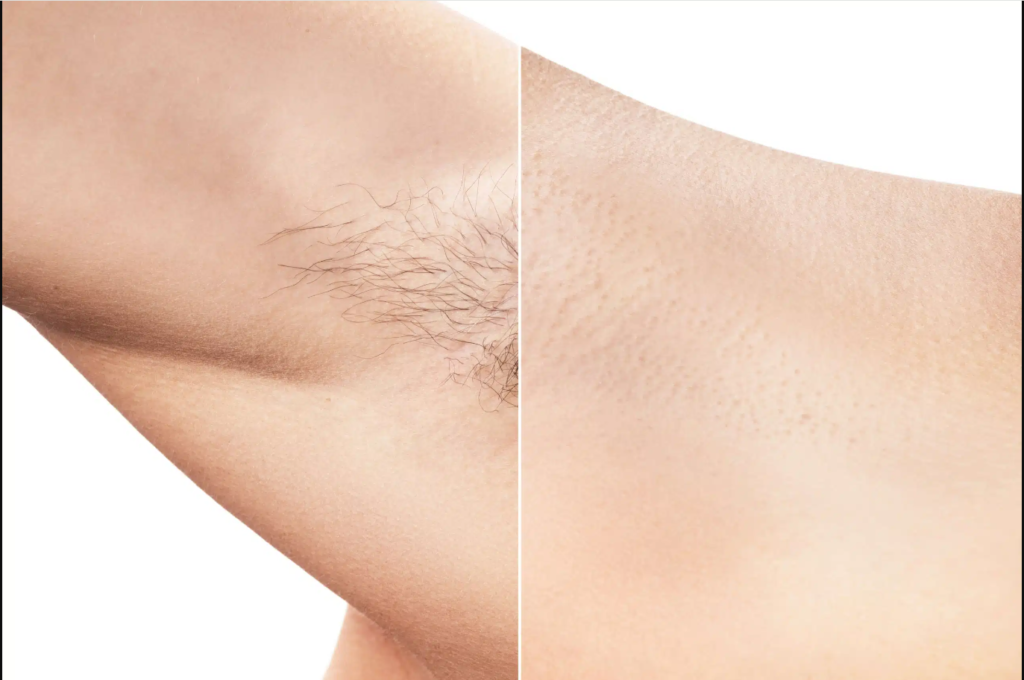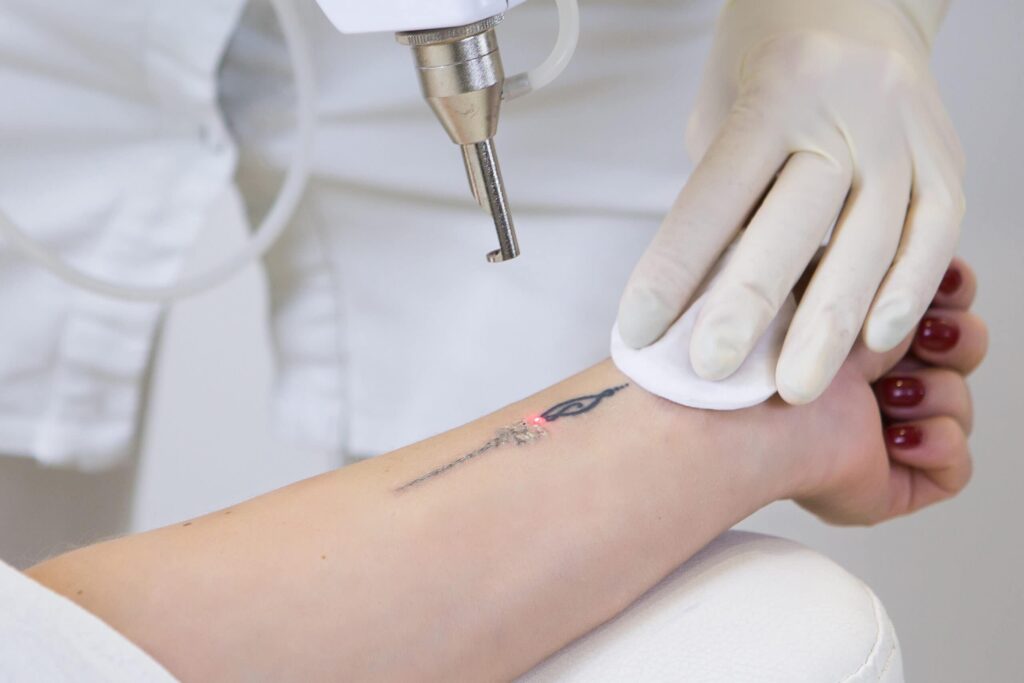Do You Need Local Anesthesia for Tattoo Removal?
Do You Need Local Anesthesia for Tattoo Removal When someone decides to remove a tattoo, one of the first questions that arises is: Do you need local anesthesia for tattoo removal? This concern is critical for anyone considering the procedure, as it involves not just the physical process but also the emotional comfort during the removal. Understanding the various techniques available, the benefits of each, the expertise of professionals like Dr. Reem Teriak, and why many choose cutting-edge technologies like Clear Laser can significantly inform your decision.
Understanding Local Anesthesia
To address the question of whether you need local anesthesia for tattoo removal, it’s essential to understand what local anesthesia entails. Local anesthesia numbs the specific area where the procedure is being performed. This means that if you undergo tattoo removal and choose to have local anesthesia, you should experience minimal discomfort during the process.
Techniques for Tattoo Removal
Various techniques for tattoo removal exist, and each technique may dictate whether or not local anesthesia is necessary. Below are the primary methods used in tattoo removal:
- Laser Tattoo Removal: This is the most common technique. It uses high-intensity laser beams to break down the ink particles in the skin. Many practitioners recommend local anesthesia before the procedure to enhance comfort, although some patients may opt for it without anesthesia.
- Surgical Excision: This technique involves cutting away the tattooed skin. Local anesthesia is typically used here, as the procedure can be quite painful without it.
- Dermabrasion: This method involves physically sanding down the skin to remove the tattoo. Local anesthesia is almost always necessary, as the process can be very uncomfortable.
- Chemical Peels: Involving the application of a chemical solution that removes the top layer of skin, this technique may or may not require local anesthesia, depending on the patient’s pain tolerance.
As we can see, the answer to the question, Do you need local anesthesia for tattoo removal?, can depend on the technique chosen.
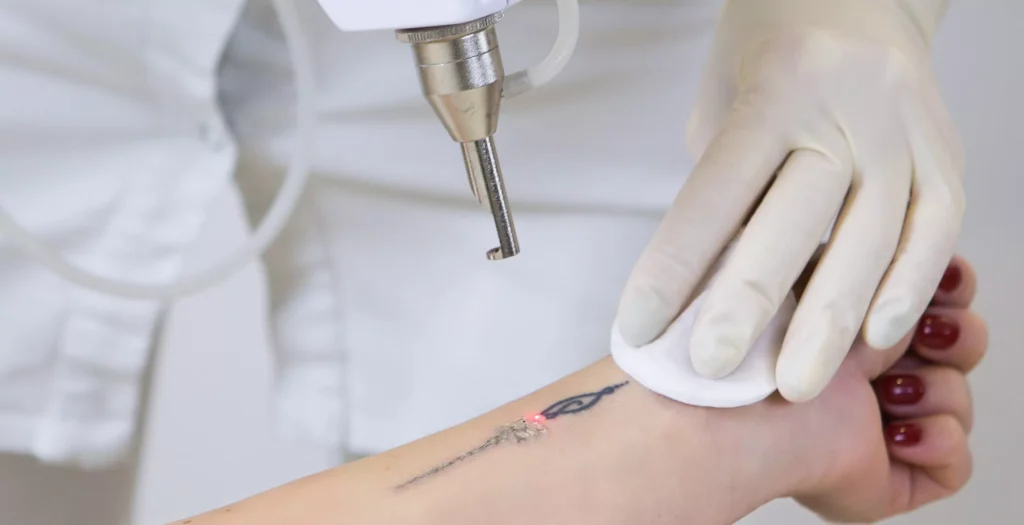
Benefits of Local Anesthesia in Tattoo Removal
Choosing local anesthesia during tattoo removal has several benefits:
- Pain Reduction: The primary benefit is the reduction of pain during the procedure, allowing for a more comfortable experience.
- Less Anxiety: Knowing that the procedure will be less painful can reduce anxiety for many patients.
- Patient Comfort: Local anesthesia allows you to remain awake and aware during the process, which can be appealing to those who prefer not to be sedated.
- Precision of Removal: Local anesthesia enables professionals to focus on the area being treated without the patient feeling the same level of discomfort.
Dr. Reem Teriak’s Expertise
When considering tattoo removal, the importance of expertise cannot be overstated. Dr. Reem Teriak has established herself as a leading figure in the field of dermatology and tattoo removal. Her years of experience, combined with her dedication to patient care, make her a reliable choice for anyone contemplating this procedure.
Dr. Teriak emphasizes the importance of personalized treatment plans. She understands that every tattoo and every patient is unique, which is why she tailors her approach to meet the specific needs of each individual. This personalized care includes discussing whether local anesthesia is needed based on the method chosen and the patient’s comfort level.
Why Choose Clear Laser?
There are many reasons why individuals opt for Clear Laser for tattoo removal. One of the primary reasons is the technology they employ. Clear Laser uses advanced laser technology that is effective yet minimizes discomfort.
- Effective Treatment: The lasers used at Clear Laser are specially designed to break down ink particles effectively, leading to optimal results.
- Safety: The technology prioritizes patient safety above all else. Clear Laser relies on established methods and protocols tailored to different skin types and tattoo inks.
- Rapid Recovery: Patients often experience less healing time with these advanced techniques, allowing them to resume regular activities more quickly.
- Comprehensive Care: The staff at Clear Laser, including Dr. Teriak, takes a holistic approach to care, providing guidance before and after the procedure.
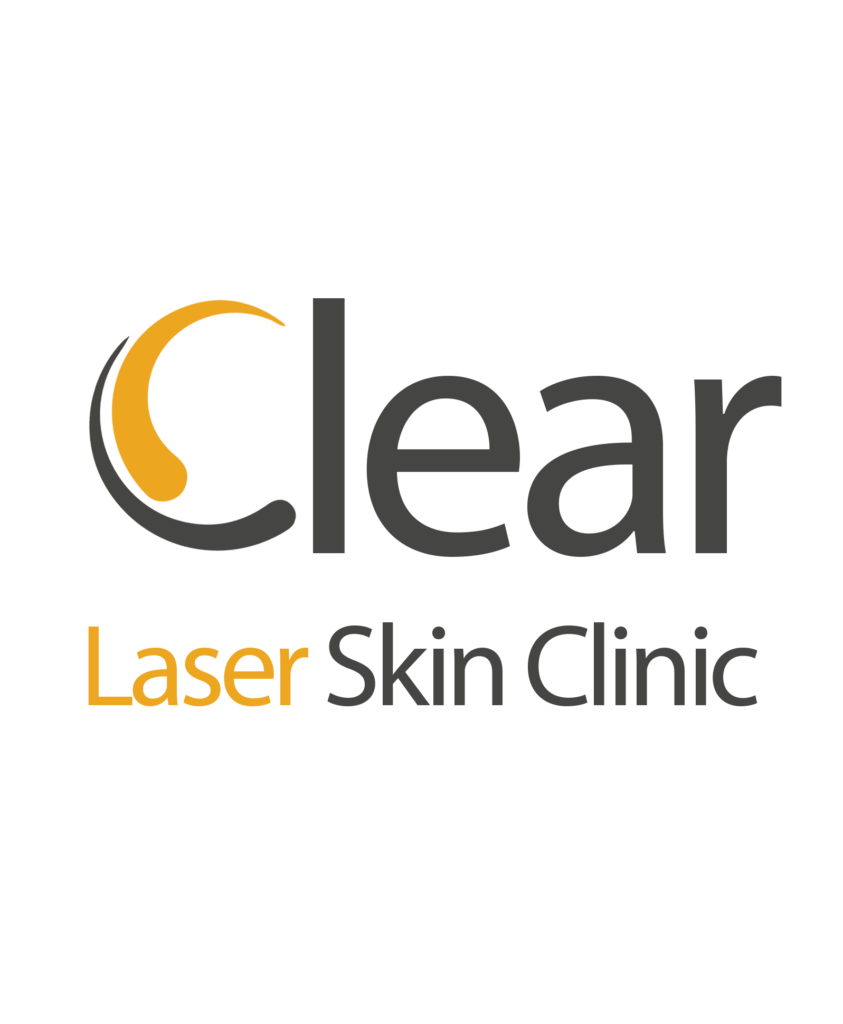
Steps for Tattoo Removal
Should you decide to proceed with tattoo removal, there are several important steps to follow:
- Consultation: The first step is a consultation with a qualified professional like Dr. Reem Teriak, who will evaluate your tattoo and discuss your options, including the need for local anesthesia.
- Pre-Treatment Instructions: If you opt for local anesthesia, you may receive specific instructions, such as avoiding certain medications prior to the treatment.
- Procedure Day: Arrive at the clinic prepared for your tattoo removal session. If local anesthesia is required, the medical staff will administer it to ensure your comfort during the procedure.
- Post-Procedure Care: After the removal process, following the post-care instructions is crucial. This may include keeping the area clean and protected from sun exposure.
Tips Before and After Tattoo Removal
If you’re considering tattoo removal, keep these tips in mind before and after the procedure:
Before Tattoo Removal
- Plan Ahead: Schedule your appointment at a time when you can allow for recovery.
- Avoid Sun Exposure: Prevent sun exposure to the tattooed area before your appointment to minimize skin irritation.
- Discuss Concerns: Talk openly with Dr. Reem Teriak about any concerns you may have regarding local anesthesia or the procedure itself.
After Tattoo Removal
- Follow Care Instructions: Follow the aftercare guidelines provided by your practitioner.
- Avoid Picking: Resist the temptation to pick at the area as it heals.
- Hydration is Key: Stay hydrated and maintain a healthy diet to promote overall skin health.
- Watch for Signs of Infection: Monitor the area for any signs of infection, such as increased redness, swelling, or pus.

Conclusion
In summary, the question of Do you need local anesthesia for tattoo removal? can be answered with a clear “it depends.” The choice often depends on the technique used, the individual’s pain tolerance, and the recommendations of a qualified professional like Dr. Reem Teriak. By choosing advanced facilities like Clear Laser, patients can expect a safe and effective removal process that prioritizes their comfort.
Understanding the procedures, benefits, and expert guidance can foster an informed decision. If you are considering tattoo removal, keep this information in mind as you navigate your options and prepare for a transformative experience. Remember, your comfort and satisfaction are paramount in this journey, so don’t hesitate to reach out to experts for personalized care tailored to your needs.
